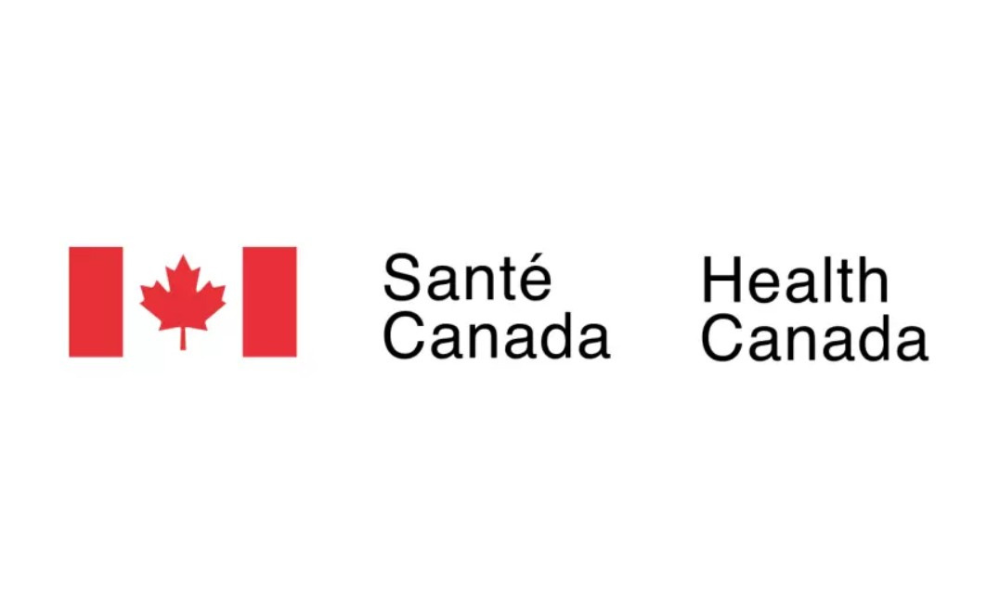WorkSafeBC announces the average base premium rate is projected to increase by about 5 per cent to $1.62 per $100 of employers’ assessable payroll. This represents the first average base rate increase in nine years.
For the last several years employers have paid a rate that is below cost, because of the proceeds of very strong investment returns. Surplus investment earnings are amortized into premium rates over a five year period. Investment returns prior to 2007 were very strong, but starting with 2008, investment returns around the world have been volatile, and generally much weaker. As a result the amount available to offset the cost of claims is reduced. That said 2013 rates will still benefit from a withdrawal of $203 million from reserves accumulated from prior years’ excess investment returns, according to WorkSafeBC.
Employers are assigned to one of 554 "classification units" with other similar businesses. These classification units are then pooled into one of 66 insurance pools we refer to as "rate groups". Employers in each rate group pay the costs of injuries and diseases that occur to the workers of employers within the group, with the intent that each rate group be self-sufficient with regard to compensation costs. This limits cross-subsidization between industries, maintains relatively stable base premium rates, and limits growth of unfunded liabilities in its insurance pools.
Each year costs in some rate groups go up, some go down and other stay the same. Sixty-five per cent of employers are projected to experience an increase to their industry base rate, 31 per cent a decrease, and four per cent little or no change.
Industries with proposed base rate decreases
Rate decreases are projected for the following industries: industrial construction, public schools, social services, community health support, telephone services, cable television, electric utilities, commercial cleaning, first nations, steep slope roofing, warehouses, distribution centre, oil or gas pipeline construction, general wholesale, fish processing, oil or gas field servicing, retirement homes, fitness centres, hair styling, veterinary services, modular building manufacture, garbage removal, engineering consulting, scientific research laboratories, construction management, writing and publishing (no printing), janitorial services, greenhouses, baked goods manufacture, and plumbing and heating.
Industries with proposed base rate increases
Industries whose rates are projected to increase include: universities and colleges, hospitals, banks, municipalities, long term care, motels and hotels, bus lines, building management, dentistry, auto repair, movie production, road construction, house construction, bridge construction, trucking, ski hills, ornamental nurseries, open pit metal mining, private investigation, meat processing, framing, physiotherapy, metal product manufacture, glass shops, electronic product manufacture, drug manufacture, computer consulting, law enforcement, bakeries, liquor stores, marine terminals, oil or gas transmission, drug wholesale, and casinos.
Industries with base rate remaining the same
Restaurants and pubs, supermarkets, forestry, airlines, airports, oil and gas production, car rental, landscaping, highway maintenance, heavy equipment manufacture, insurance services, private schools, electrical work, vinyl window manufacture, siding and gutter installation, electronic equipment repair, professional associations, and law offices will see that their base rates remain virtually unchanged or will incur modest rate changes.
To find the base rate for a specific classification unit, go to WorkSafeBC's classification search page and search by classification unit name or number.
For the last several years employers have paid a rate that is below cost, because of the proceeds of very strong investment returns. Surplus investment earnings are amortized into premium rates over a five year period. Investment returns prior to 2007 were very strong, but starting with 2008, investment returns around the world have been volatile, and generally much weaker. As a result the amount available to offset the cost of claims is reduced. That said 2013 rates will still benefit from a withdrawal of $203 million from reserves accumulated from prior years’ excess investment returns, according to WorkSafeBC.
Employers are assigned to one of 554 "classification units" with other similar businesses. These classification units are then pooled into one of 66 insurance pools we refer to as "rate groups". Employers in each rate group pay the costs of injuries and diseases that occur to the workers of employers within the group, with the intent that each rate group be self-sufficient with regard to compensation costs. This limits cross-subsidization between industries, maintains relatively stable base premium rates, and limits growth of unfunded liabilities in its insurance pools.
Each year costs in some rate groups go up, some go down and other stay the same. Sixty-five per cent of employers are projected to experience an increase to their industry base rate, 31 per cent a decrease, and four per cent little or no change.
Industries with proposed base rate decreases
Rate decreases are projected for the following industries: industrial construction, public schools, social services, community health support, telephone services, cable television, electric utilities, commercial cleaning, first nations, steep slope roofing, warehouses, distribution centre, oil or gas pipeline construction, general wholesale, fish processing, oil or gas field servicing, retirement homes, fitness centres, hair styling, veterinary services, modular building manufacture, garbage removal, engineering consulting, scientific research laboratories, construction management, writing and publishing (no printing), janitorial services, greenhouses, baked goods manufacture, and plumbing and heating.
Industries with proposed base rate increases
Industries whose rates are projected to increase include: universities and colleges, hospitals, banks, municipalities, long term care, motels and hotels, bus lines, building management, dentistry, auto repair, movie production, road construction, house construction, bridge construction, trucking, ski hills, ornamental nurseries, open pit metal mining, private investigation, meat processing, framing, physiotherapy, metal product manufacture, glass shops, electronic product manufacture, drug manufacture, computer consulting, law enforcement, bakeries, liquor stores, marine terminals, oil or gas transmission, drug wholesale, and casinos.
Industries with base rate remaining the same
Restaurants and pubs, supermarkets, forestry, airlines, airports, oil and gas production, car rental, landscaping, highway maintenance, heavy equipment manufacture, insurance services, private schools, electrical work, vinyl window manufacture, siding and gutter installation, electronic equipment repair, professional associations, and law offices will see that their base rates remain virtually unchanged or will incur modest rate changes.
To find the base rate for a specific classification unit, go to WorkSafeBC's classification search page and search by classification unit name or number.





